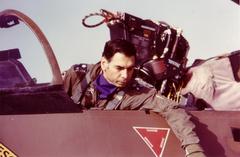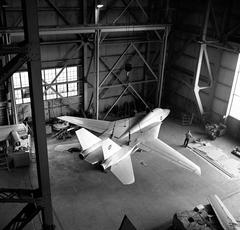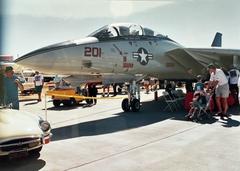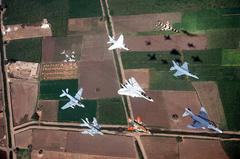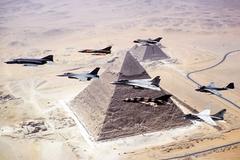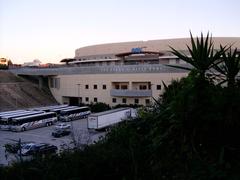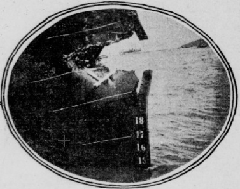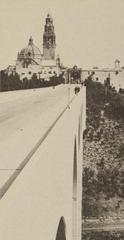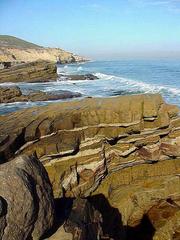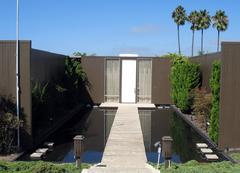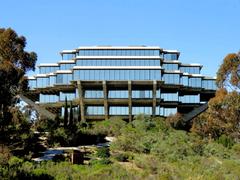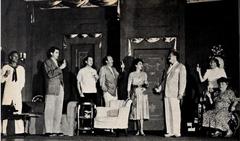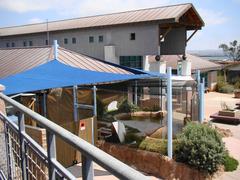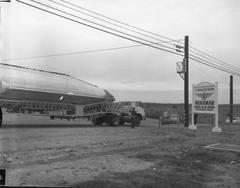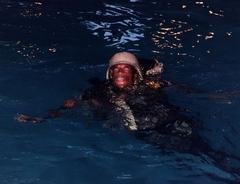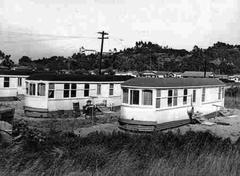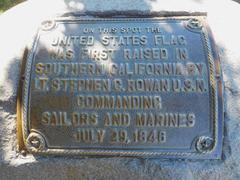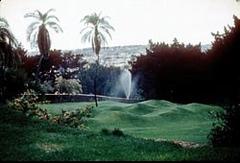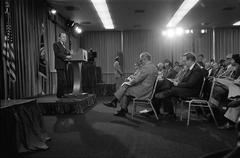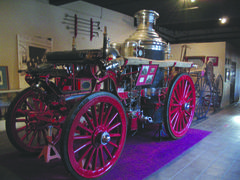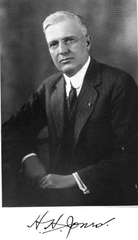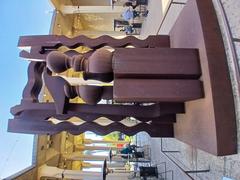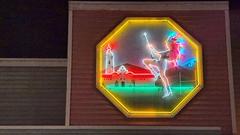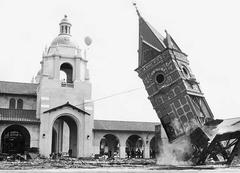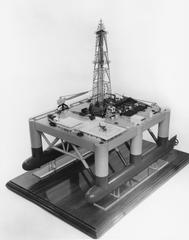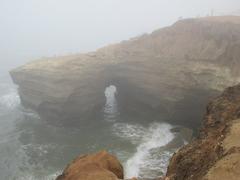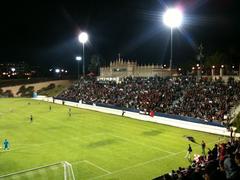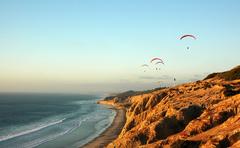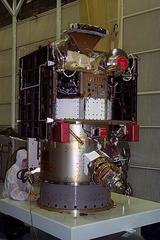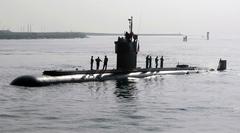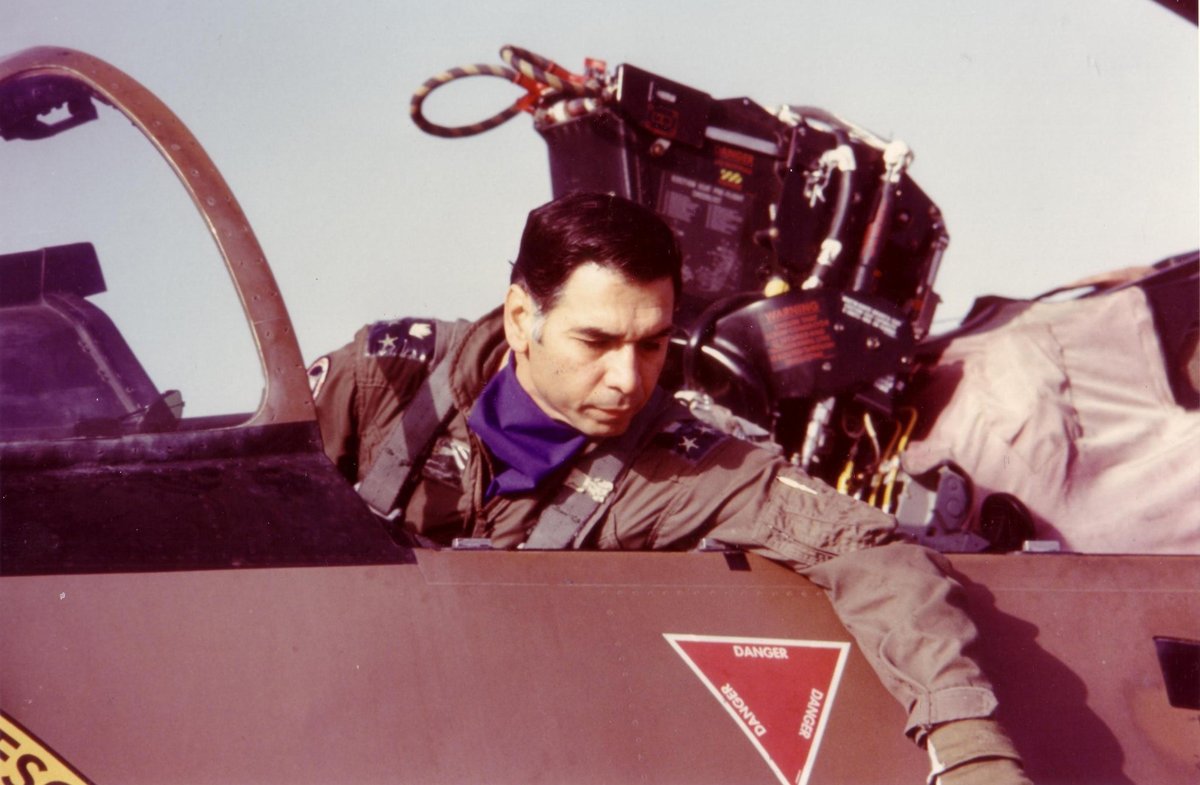
Grumman F-14 Tomcat Visiting Hours, Tickets, and San Diego Historical Sites Guide
Date: 14/06/2025
Introduction to the Grumman F-14 Tomcat and Its Significance in San Diego
The Grumman F-14 Tomcat is widely recognized as one of the most advanced and influential fighter jets in U.S. naval history. Renowned for its variable-geometry wings, powerful radar systems, and multi-role combat capabilities, the F-14 served as a cornerstone of the U.S. Navy’s air superiority from the 1970s until its retirement in 2006. The Tomcat captured the public’s imagination, especially after its prominent role in the 1986 film Top Gun, making it a lasting symbol of American military prowess and technological ingenuity.
San Diego, a city with deep-rooted naval aviation traditions and home to major naval bases, offers several significant sites where the F-14 Tomcat’s legacy is preserved. The USS Midway Museum, situated on the city’s bustling waterfront, presents a fully restored F-14 on its flight deck, immersing visitors in Cold War-era naval aviation. The San Diego Air & Space Museum in Balboa Park features another meticulously restored F-14, complete with interpretive materials and multimedia resources. Additionally, the F-14 Tomcat Monument in San Diego stands as a tribute to the aircraft and its crews, fostering public education and remembrance through free access and special events.
This guide provides a comprehensive overview for visitors eager to explore the F-14 Tomcat in San Diego. It includes historical context, up-to-date visiting hours, ticket information, accessibility details, and travel tips. Whether you are an aviation enthusiast, history buff, or a first-time visitor, this article offers all you need to appreciate the profound impact and enduring legacy of the F-14 Tomcat at these key San Diego venues. For planning resources and updates, consult the USS Midway Museum, San Diego Air & Space Museum, and F-14 Tomcat Association websites. Dive into the story of an aviation legend that shaped both defense history and popular culture (fighter-aircraft.com, Military Now).
Table of Contents
- Introduction
- F-14 Tomcat Origins and Development
- Technical Innovations and Capabilities
- Operational History and Global Service
- Variants and Upgrades
- Experiencing the F-14 Tomcat at San Diego Venues
- Cultural Impact and Legacy
- Visitor Information: Hours, Tickets, and Accessibility
- Nearby Historical Sites and Travel Tips
- Frequently Asked Questions (FAQ)
- Conclusion
- References and Further Reading
F-14 Tomcat Origins and Development
The F-14 Tomcat was developed in response to the U.S. Navy’s need for a next-generation fleet defense interceptor after the failure of the F-111B program. Launched under the VFX (Naval Fighter Experimental) program, the Grumman design was selected in 1968 and first flew on December 21, 1970 (fighter-aircraft.com). The Tomcat improved upon earlier designs, offering superior maneuverability, innovative avionics, and the ability to engage multiple targets at long range.
A distinctive feature of the F-14 was its variable-geometry, or “swing wing,” design, which allowed the aircraft to adapt its aerodynamics for high-speed interception or controlled carrier landings. The prototype was initially powered by Pratt & Whitney TF30 engines, later replaced in upgraded models by General Electric F110 engines for better performance and reliability.
Technical Innovations and Capabilities
The F-14 Tomcat set new benchmarks in naval aviation technology:
- AWG-9 Radar System: The Hughes AN/AWG-9 radar enabled simultaneous tracking of up to 24 targets and the ability to guide up to six AIM-54 Phoenix missiles, giving the F-14 unmatched beyond-visual-range (BVR) capabilities (fighter-aircraft.com).
- AIM-54 Phoenix Missile: Exclusive to the Tomcat, this missile had a range exceeding 100 miles (160 km), specifically designed to counter high-speed aerial threats.
- Variable-Sweep Wings: Wings could be swept between 20° and 68°, optimizing performance across a range of speeds and mission profiles.
- Digital Flight Controls: Later models featured digital flight control systems, enhancing safety and agility.
The Tomcat’s arsenal also included the M61A1 Vulcan 20mm cannon, AIM-7 Sparrow, and AIM-9 Sidewinder missiles, making it versatile in both long-range and close-in combat.
Operational History and Global Service
U.S. Navy Service
The F-14A entered U.S. Navy service in 1974, replacing the F-4 Phantom II as the principal carrier-based interceptor. Its main role was to defend carrier battle groups during the Cold War, regularly intercepting Soviet aircraft and providing fleet security (fighter-aircraft.com).
Key Combat Engagements
- Gulf of Sidra Incidents (1981, 1989): F-14s achieved their first air-to-air victories against Libyan fighters, demonstrating their combat effectiveness (reviews.ipmsusa.org).
- Operation Desert Storm (1991): The F-14 provided air cover, fleet defense, and escorted strike groups, playing a crucial role in coalition operations.
- Transformation into “Bombcat”: In the 1990s, the Tomcat was upgraded to deliver precision-guided munitions, expanding its mission profile to include ground-attack operations during campaigns in Bosnia and the Middle East.
International Service: Iran
Iran was the only foreign operator, acquiring 79 F-14s before the 1979 revolution. Iranian Tomcats saw extensive combat during the Iran-Iraq War and continue to be maintained through indigenous efforts despite embargoes (reviews.ipmsusa.org).
Variants and Upgrades
- F-14A: Original production model with TF30 engines and AWG-9 radar.
- F-14A+/B: Upgraded with General Electric F110 engines for improved reliability.
- F-14D: Featured advanced avionics, glass cockpit, AN/APG-71 radar, and compatibility with modern weaponry (reviews.ipmsusa.org).
Experiencing the F-14 Tomcat at San Diego Venues
USS Midway Museum
Location: 910 N Harbor Dr, San Diego, CA 92101
Hours: Daily, 10:00 AM – 5:00 PM (last admission 4:00 PM). Hours may vary on holidays (USS Midway Museum Official Site).
Tickets: Adult admission is approximately $26, with discounts for seniors, youth, and military. Tickets can be purchased online or at the entrance.
Highlights
- F-14 Flight Deck Display: Offers close-up views of the aircraft; interpretive signage and docents provide rich context.
- Accessibility: Fully wheelchair accessible; elevators and ramps serve all major exhibit areas.
- Visitor Experience: Engage with flight simulators, attend special events, and enjoy panoramic views of San Diego Bay.
- Nearby Attractions: Maritime Museum of San Diego, Seaport Village, and the Gaslamp Quarter.
San Diego Air & Space Museum (SDASM)
Location: 2001 Pan American Plaza, Balboa Park, San Diego, CA
Hours: Daily, 10:00 AM – 5:00 PM (San Diego Air & Space Museum).
Tickets: General admission about $20 for adults, with discounts for seniors and children. The outdoor F-14 display is viewable without a ticket.
Highlights
- Restored F-14 Display: Prominently positioned at the museum entrance, fully restored and featured in “Top Gun: Maverick” (SDASM Newsletter).
- Accessibility: The site is wheelchair accessible, with ample parking in Balboa Park.
- Additional Exhibits: Features other notable aircraft and extensive educational resources.
F-14 Tomcat Monument San Diego
Location: [Insert precise address or park name], San Diego, CA
Hours: Daily, 9:00 AM – 5:00 PM. Check official sources for special events or holiday variations.
Tickets: Free entry; guided tours may be offered during special events (F-14 Tomcat Association).
Highlights
- Monument Grounds: Wheelchair accessible, with paved walkways and designated parking.
- Guided Tours: Hosted by the F-14 Tomcat Association, featuring stories from veterans and historical panels.
- Photography: Outdoor setting ideal for memorable photos, especially at sunrise or sunset.
Cultural Impact and Legacy
The F-14’s iconic status was cemented by its role in Top Gun, which spurred public interest and U.S. Navy recruitment (fighter-aircraft.com). Its unique design, performance, and historical achievements have made it a frequent subject in films, documentaries, video games, and collectibles. The F-14 Tomcat Association and related organizations continue to honor its legacy through education, outreach, and preservation.
Visitor Information: Hours, Tickets, and Accessibility
- USS Midway Museum: Open daily, 10:00 AM – 5:00 PM. Adult tickets approx. $26; discounts available. Fully accessible.
- San Diego Air & Space Museum: Open daily, 10:00 AM – 5:00 PM. Adult tickets approx. $20; outdoor F-14 is free to view.
- F-14 Tomcat Monument: Open daily, 9:00 AM – 5:00 PM. Free admission; wheelchair accessible.
For all sites, check official websites for the latest updates, especially for holiday hours, special events, and COVID-19 protocols.
Nearby Historical Sites and Travel Tips
- Gillespie Field Annex: Additional aircraft displays and workshops (Wikipedia).
- Naval Aviation Museum: Features more naval aviation history and interactive exhibits.
- Balboa Park: Offers a diverse array of museums, cultural venues, and gardens.
Travel Tips:
- Arrive early to avoid crowds, especially on weekends.
- Comfortable shoes and sun protection are recommended.
- Public transit and rideshare options are convenient; parking may be limited during special events.
Frequently Asked Questions (FAQ)
Q: Are tickets needed to see the F-14 Tomcat?
A: Outdoor displays at SDASM and the monument are free; museum admission is required for indoor exhibits.
Q: Are all sites wheelchair accessible?
A: Yes, all venues provide accessible paths, ramps, and parking.
Q: Can I take photos?
A: Photography is encouraged at all sites.
Q: Are guided tours available?
A: Yes, both museums offer guided or docent-led tours; the monument offers special tours through the F-14 Tomcat Association.
Q: What are the best times to visit?
A: Weekday mornings are typically less crowded.
Conclusion
San Diego’s F-14 Tomcat exhibits offer immersive, educational, and memorable experiences for visitors of all backgrounds. From the USS Midway Museum’s flight deck to Balboa Park’s SDASM and the dedicated F-14 Tomcat Monument, these sites honor the technology, history, and people that made the Tomcat legendary. By planning your visit through official resources such as the USS Midway Museum, San Diego Air & Space Museum, and F-14 Tomcat Association, you can ensure an engaging and accessible journey through naval aviation history. Use digital tools and follow social media channels for the latest updates, and take the opportunity to connect with San Diego’s rich military heritage.
References and Further Reading
- USS Midway Museum Official Site
- Smithsonian National Air and Space Museum: F-14 Tomcat
- F-14 Tomcat Association
- San Diego Air & Space Museum
- fighter-aircraft.com
- Military Now
- SDASM Newsletter
- USNI Proceedings
- Wikipedia
- reviews.ipmsusa.org
